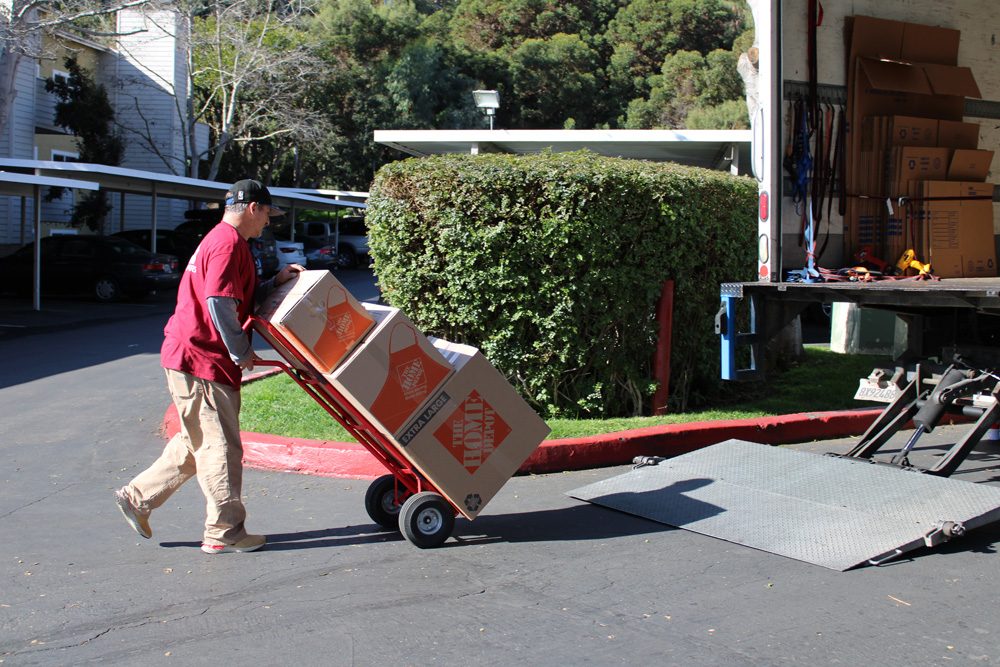Moving a single piece of furniture might seem like a simple task, but it can quickly turn into a daunting challenge, especially if the item is heavy, bulky, or fragile. Whether you’re relocating a sofa, a dresser, or an antique bookshelf, knowing the right techniques and resources can make all the difference. In this guide, we’ll walk you through everything you need to know to move one piece of furniture safely and efficiently.First, let’s address the most common question: Do you really need help? While some smaller items can be handled alone, larger or heavier pieces often require assistance. Here’s a quick checklist to determine if you need extra hands:
- The furniture weighs more than 50 pounds.
- It has an awkward shape or fragile components.
- You need to navigate stairs, tight corners, or narrow doorways.
- You lack the proper equipment (e.g., dollies, straps).
If any of these apply, it’s wise to seek help. Below, we’ll explore your options for getting assistance and the steps to prepare for the move.Option 1: Enlist Friends or FamilyThe simplest and most cost-effective solution is to ask friends or family for help. Here’s how to make the process smoother:
- Plan ahead: Give your helpers advance notice and confirm their availability.
- Provide clear instructions: Explain the item’s dimensions, weight, and any special handling requirements.
- Offer incentives: A meal or refreshments can go a long way in showing appreciation.
Option 2: Hire Professional MoversIf your network isn’t available or the item is particularly challenging, hiring professionals is a great alternative. Look for services that specialize in small moves or single-item transportation. Here’s what to consider:
- Cost: Get quotes from multiple companies to compare prices.
- Reviews: Check online feedback to ensure reliability.
- Insurance: Verify if the movers offer coverage for damages.
Option 3: Use a Task-Based ServicePlatforms like TaskRabbit or Craigslist connect you with local helpers for short-term tasks. These services are ideal for one-time moves and often cost less than full-service movers. Tips for using them:
- Screen candidates carefully: Read profiles and reviews.
- Communicate clearly: Specify the job details upfront.
- Meet in a public place if exchanging payment in person.
Preparing for the MoveOnce you’ve secured help, follow these steps to ensure a smooth process:
- Measure doorways and pathways to confirm the furniture will fit.
- Disassemble the item if possible (e.g., remove legs, drawers, or shelves).
- Protect the furniture with blankets or bubble wrap to prevent scratches.
- Clear the path of obstacles to avoid tripping hazards.
Moving Day TipsOn the day of the move, keep these pointers in mind:
- Lift with your legs, not your back, to avoid injury.
- Use a dolly or sliders for heavy items to reduce strain.
- Take breaks if needed, especially for long or strenuous moves.
- Double-check the destination space to ensure proper placement.
Post-Move ChecklistAfter the furniture is in place, don’t forget to:
- Inspect the item for any damage incurred during the move.
- Reassemble it if necessary.
- Thank your helpers or leave a review for hired services.
Moving one piece of furniture doesn’t have to be stressful. With the right preparation and resources, you can tackle the task with confidence. Whether you rely on friends, hire professionals, or use a task-based service, this guide ensures you’re equipped for success.

